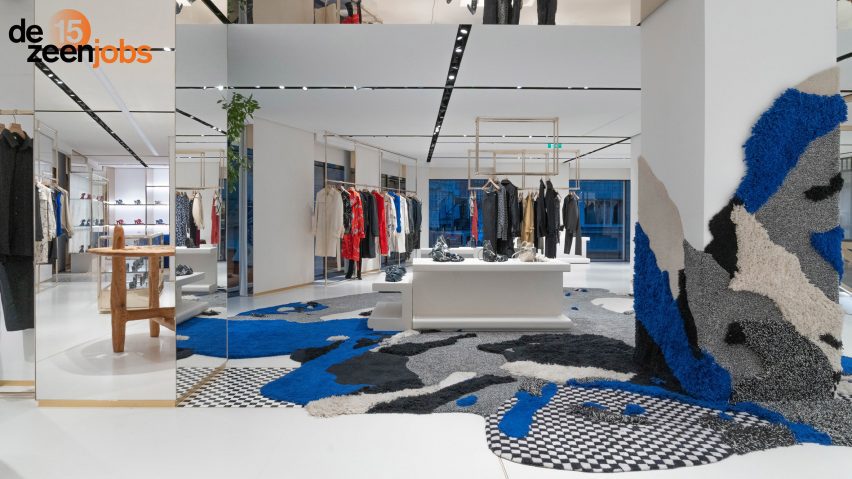
"A variety of perspectives only makes for a stronger team" says Burberry
For the next interview in our Dezeen Jobs: How We Recruit series, we spoke to Ben Ayres, lead architecture designer at fashion label Burberry, about the architecture side of the brand and its recruitment needs.
Alice Laycock: What projects do you tend to work on as lead architecture designer and what have you been working on recently?
Ben Ayres: I manage a team of designers that globally implement store designs at all scales, from flagship to concession. The projects we work on really depend on the needs of the business and the creative initiatives taking place at that time.
A huge part of my role is ensuring that both our conceptual aesthetic and our commercial needs are met within the space provided, and in order to achieve this I partner with a range of stakeholders, including regional presidents, strategists, merchants, visual merchandisers, digital teams and more.
Currently, I'm focusing on overseeing the design of all stores across our Asia Pacific region, as well as the design development of our overall store concept.
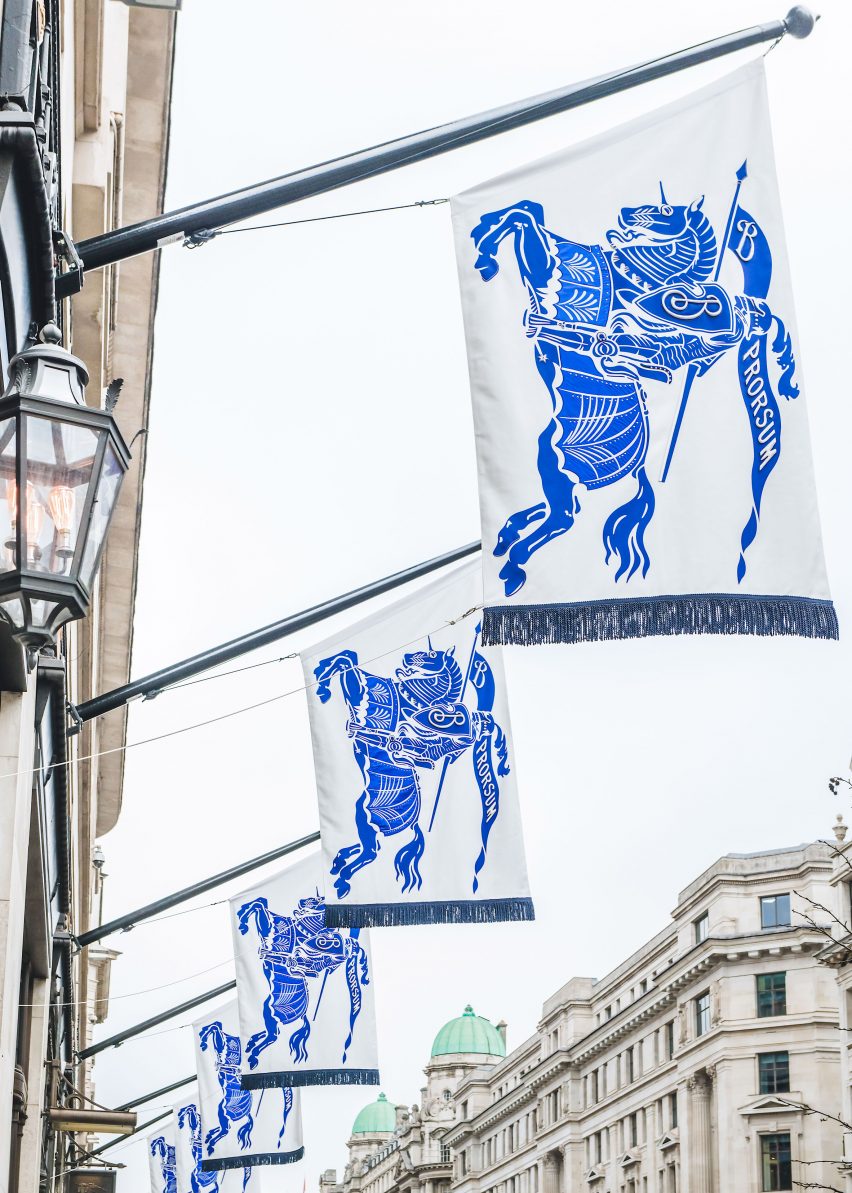
Alice Laycock: How would you say that your role has changed over the years and why?
Ben Ayres: I’ve been at Burberry for 11 years and naturally a lot has changed at the brand over the past decade.
Amongst shifting architecture trends, there are also the evolving needs and aesthetics of the business, which store designs and brand architecture must take into account.
Over the years there's also been a greater integration of technology, which has affected how I present and communicate my designs to the team.
Similarly, the rise of sustainable design and eco-consciousness has meant that people in architecture roles are now working with more eco-friendly materials and practices to ensure that environmental needs are addressed as much as aesthetic, which is really important.
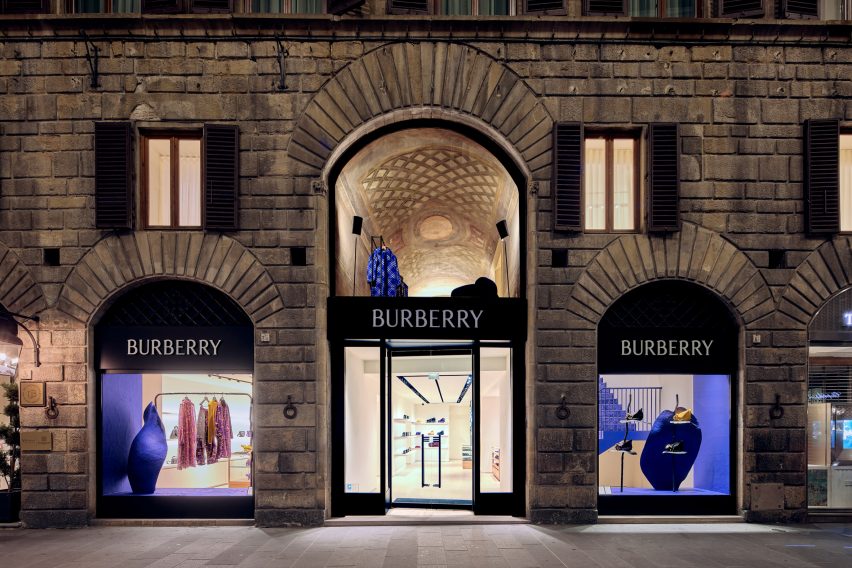
Alice Laycock: When it comes to prospective candidates, what skill sets are you looking for them to have?
Ben Ayres: A strong creative passion is always at the heart of all candidates that we are most interested in.
We also expect all candidates to have a robust understanding of both 2D and 3D software, and to be able to apply an understanding of materiality and fabrication.
In addition to this, a more general skill set like communication is also really important, as ideas need to be clearly and concisely communicated, both through drawings and in presentations.
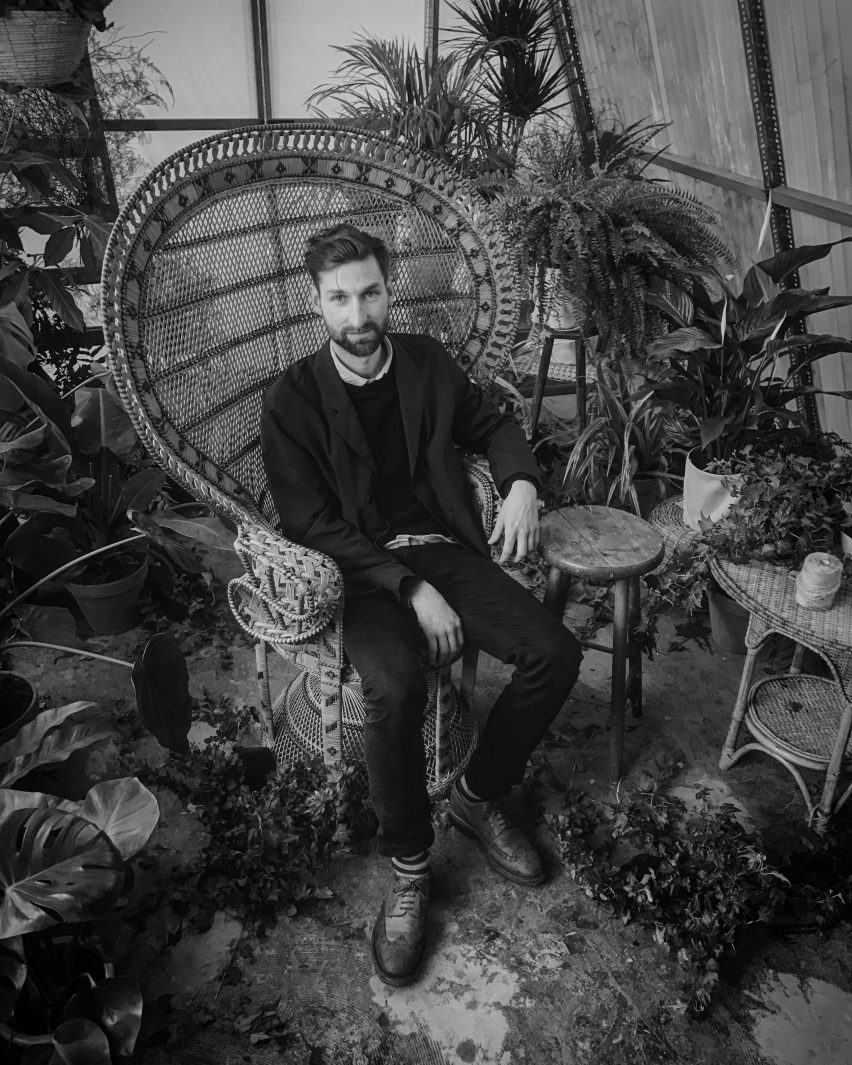
Alice Laycock: Are there any skill sets that you feel are no longer required for a role within architecture?
Ben Ayres: Some might argue that practical skill sets like being proficient at sketching your ideas are no longer as important, as you can do so much digitally now, but I think that being able to sketch your designs is a huge asset. Ultimately, it comes down to how that person works best.
Alice Laycock: Are you looking for candidates with traditional routes to the position? What would catch your eye in an application?
Ben Ayres: A variety of perspectives only makes for a stronger team and I wouldn't dismiss an applicant who has come from an entirely different background.
That said, I would expect them to be able to express an interest in luxury fashion and have a level of awareness when it comes to the industry and what our competitors are doing.
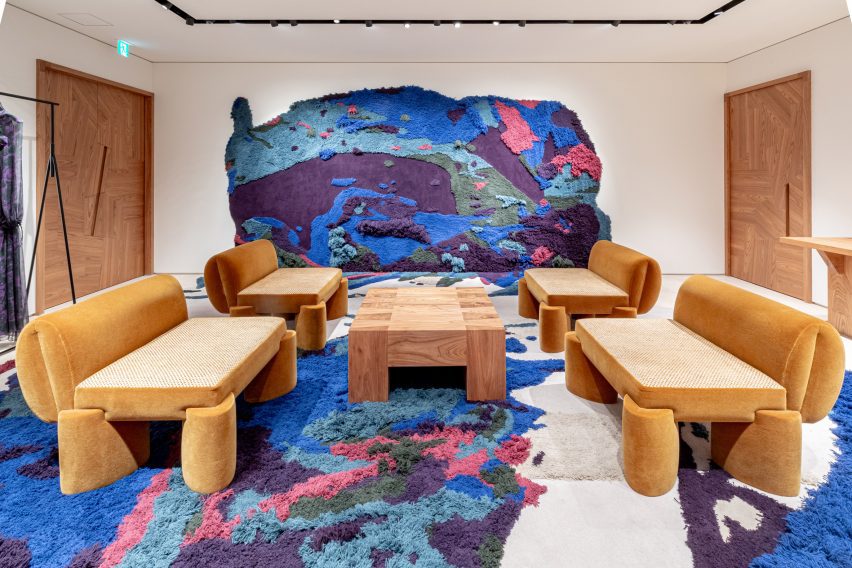
Alice Laycock: If a candidate were to come from a different discipline, what would you need them to gain experience in before they got the role?
Ben Ayres: It all depends on the type of role that we are looking to fill, but generally, we'd be looking for someone with experience in a design-focused role, from which they can display a strong design aesthetic and good communication skills.
We'd also be looking for a candidate that aligns with our values. At Burberry, being creatively driven, forward-thinking, open and caring, and proud of our heritage are hallmarks of our organisation.
If a candidate can leverage their industry experience to demonstrate even one of these qualities, it would definitely support their application.
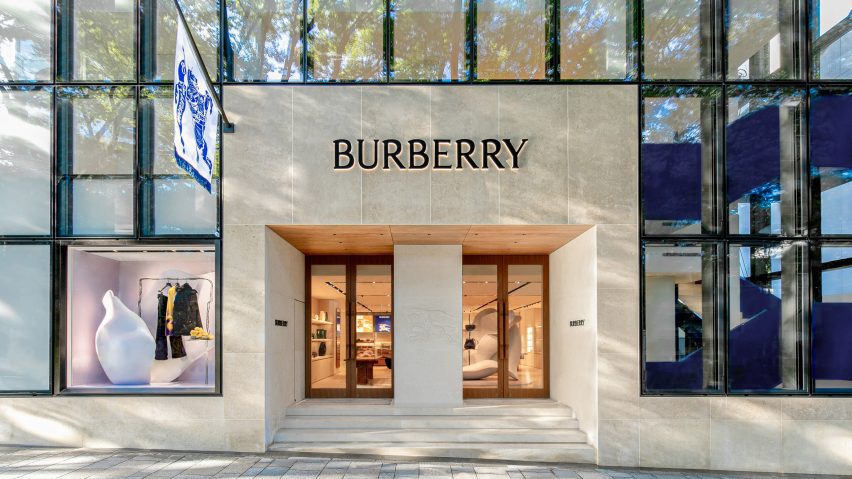
Alice Laycock: How multidisciplinary is your team at the moment?
Ben Ayres: The team come from various backgrounds such as architecture, interior design, visual merchandising and furniture design, but we often collaborate with other creative teams within the company who have different skill sets.
One of the benefits of being in a company full of creatives in different disciplines is the cross-collaboration that can occur to deliver something truly exceptional.
Alice Laycock: What advice can you give people looking for a role in architecture at Burberry?
Ben Ayres: Focus on building a portfolio that effectively demonstrates your creativity and potential. If you can, get some experience in the luxury and/or retail sector.
When it comes to entry-level roles, I appreciate it can be difficult to get relevant experience, so try instead to show your interest in the luxury sector – whether that's a blog post about what industry leaders are doing in the luxury sector, or a luxury design brief that you've proposed purely for your portfolio.
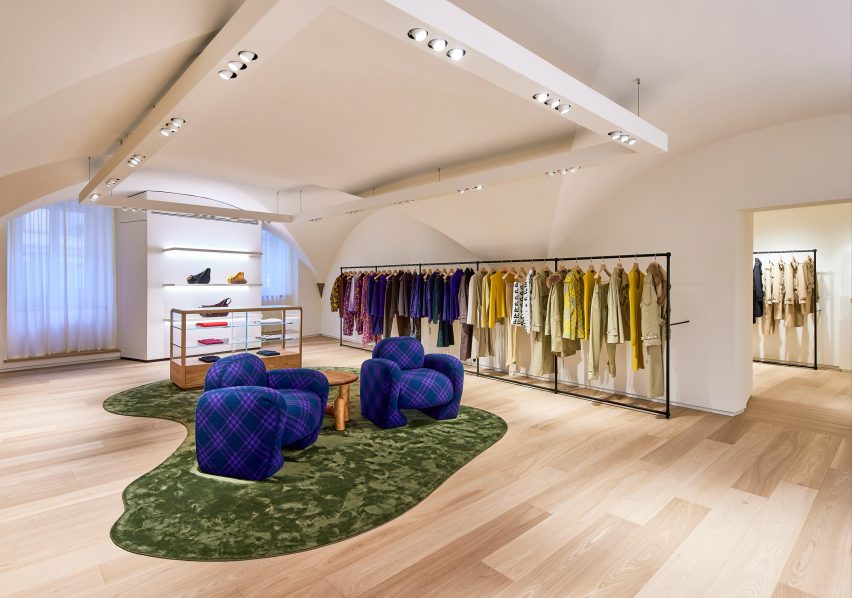
Alice Laycock: Which of your projects that have been published on Dezeen did you most enjoy working on?
Ben Ayres: Many of the projects that I’ve most enjoyed have been in collaboration with artists or craftspeople and I think that's because I relish learning from other creatives.
When you work with someone who is a master of their craft in an entirely different discipline to you, it is both inspiring and enhancing. It's a great way of stretching your own creative ideas and approaching concepts with a new perspective.
Both of the examples I have date back a few years now, but I particularly loved The Makers House exhibition we hosted with The New Craftsman in the old Foyles Building on Charing Cross Road.
Also working with artist Graham Hudson, on his installation in our Regent Street store, which included 3D scanning technologies and a robotic CNC machine. This was really fun, because customers could interact with it in a completely unique way, and it really challenged the traditional values of a store.
Find out more about Burberry by visiting its website.
View current and future vacancies by checking their company profile on Dezeen Jobs.
Dezeen Jobs: How We Recruit series
This article is part of Dezeen Jobs: How We Recruit, a series of interviews to mark Dezeen Jobs turning 15, which explores changing hiring practices and future recruitment needs for companies around the world.